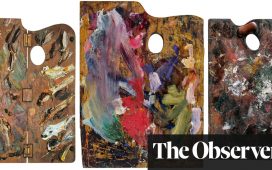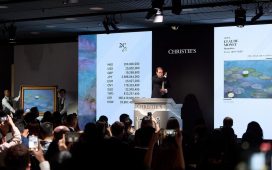The latest edition of Italy’s most prestigious Old Masters art fair, the Biennale Internazionale dell’Antiquariato di Firenze (Biaf) opened its doors to VIPs today with a sense of optimism, with dealers heralding star lots and a healthy stream of international collectors as reasons to be positive about the country’’s notoriously obstacle-strewn art market.
Biaf, held in Florence’s spectacular Palazzo Corsini on the banks of the Arno River, is regarded as the leading fair for Italian art, with works spanning from antiquity to the 20th century. Most of the exhibiting dealers are from Italy—66 of a total of 79 this year—though there is a strong and growing proportion of international names present too, including London’s Dickinson and Flavio Genassi galleries, and New York’s Nicholas Hall.
The event prides itself on its quality: every piece in this year’s edition has been vetted by members of a 50 or 60-strong committee of experts. Fabrizio Moretti, the fair’s secretary general, summarised it in 2022 as a “museum for sale”, and this year he says the level is even higher. “I think that this is the best biennale since I became chairman in 2014,” he told a huddle of journalists shortly after the opening press conference.
There are, indeed, some headline-grabbing works on display. Perhaps the stand-out exhibit is a drawing attributed to Michelangelo, on Dickinson’s stand (Study of Jupiter, around 1490, priced at €2m), which depicts a man in profile, adorned in a toga and sat on an antique ornamental throne. It is based on the fragment of an ancient Roman statue and is believed by some scholars, says gallerist Milo Dickinson, to be “possibly the earliest” surviving drawing by the great Renaissance artist.
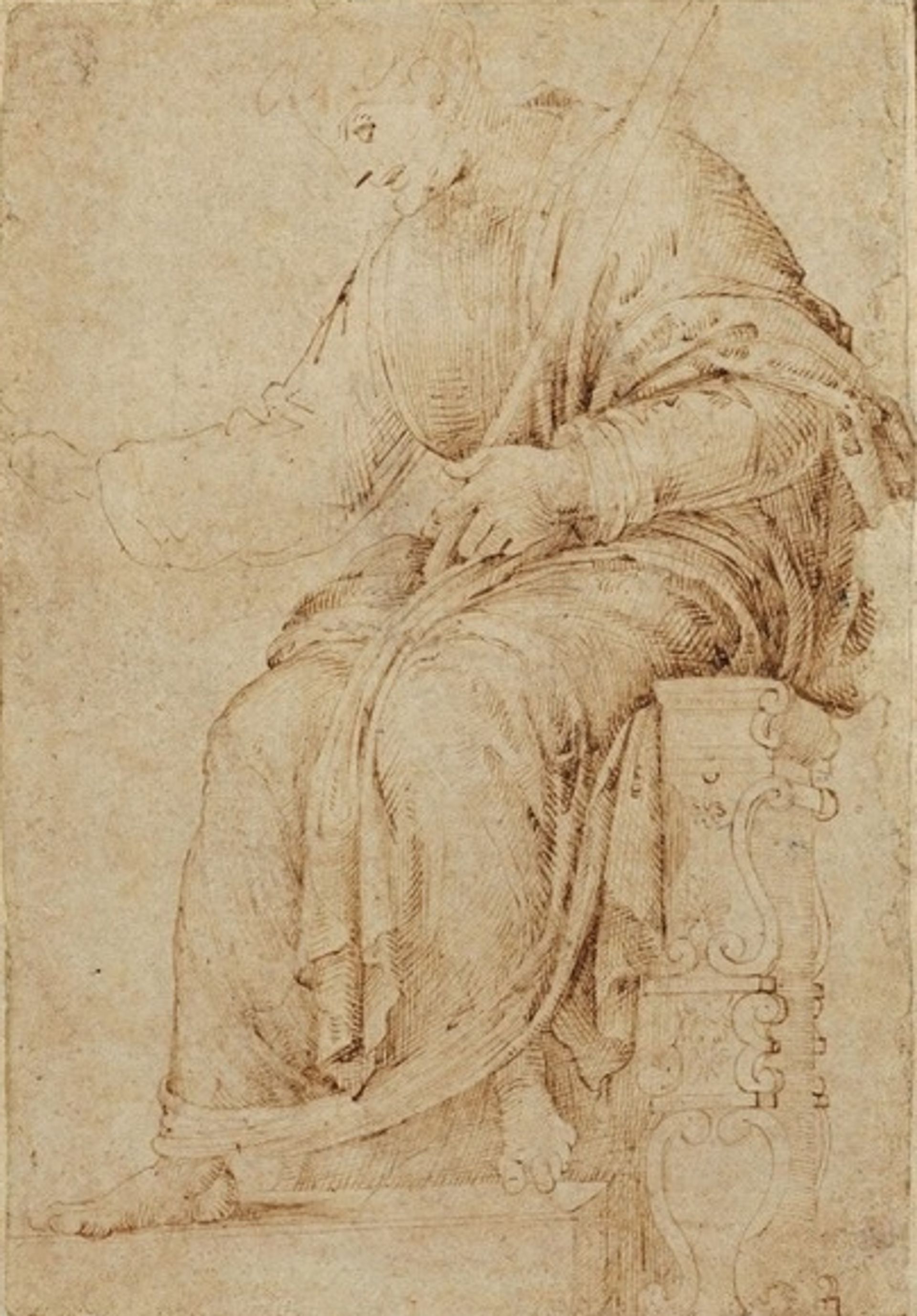
Michelangelo Buonarroti, called Michelangelo, Study of Jupiter (around 1490). Priced at €2m
Courtesy of Dickinson
Another highlight is a depiction of the Madonna and Child with Mary Magdalene by Titian, offered by Milan’s Galleria Carlo Orsi (reserved in advance of the fair but with a price range of €2-3m). Similar compositions are found in other works by the artist, including one held by the nearby Gallerie degli Uffizi, but this version is remarkable for the secrets it holds: x-ray scans conducted by the gallery having revealed that a male bearded figure was once depicted Mary Magdalene is now, possibly a patron “who didn’t pay”, says Ferdinando Corberi on the booth.
In the Old Masters market, where scarcity is cited as one of the leading limiting factors to growth, such rare examples of artistic excellence matter. Stefano Causa, an art historian on the vetting committee, describes them to The Art Newspaper as giving “new hope” to the sector. Yet, as this fair epitomises, Italy’s art market remains a complex picture, mainly due to the rules it places on exports. Works made more than 70 years ago by a deceased artist and with a value higher than €13,500 require an export licence, for example, while those deemed particularly valuable become “notified”, and cannot leave the country.
A solid portion of works at Biaf are not affected by this issue (the Michelangelo has a temporary import licence, for example, and the Titian has an export licence), though many are. At Flavio Gianassi’s stand, for example, tucked in a quaint corridor on the palace’s first floor, a set of sculpted heads by the sculptor Gian Lorenzo Bernini (priced at €1.6m, and created for his personal carriage) are notified, and so can only be sold in Italy. This represents, according to Gianassi, something of a double-edged sword.
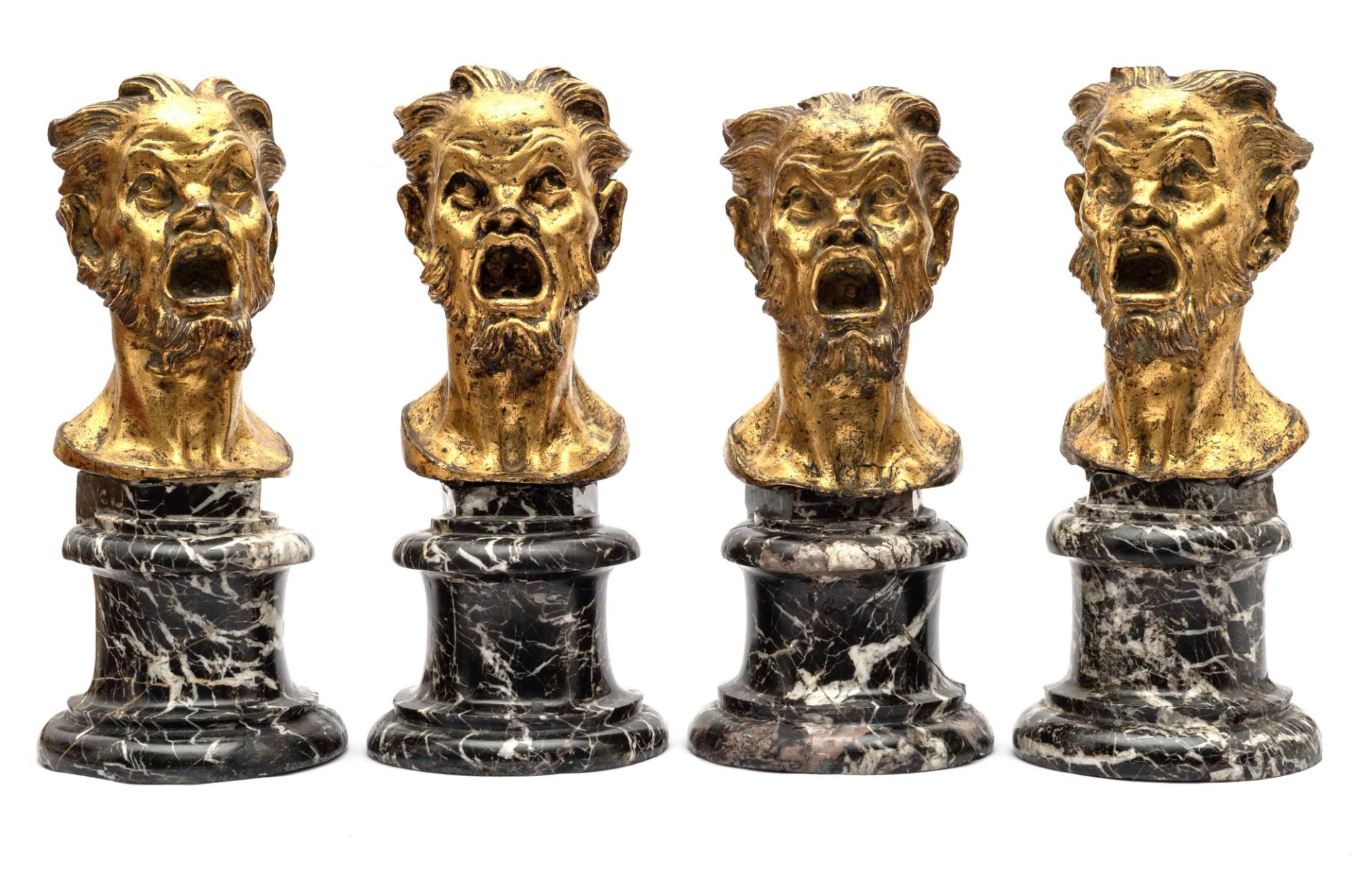
Gian Lorenzo Bernini’s four screaming grotesque heads have been in the artist’s family since his death in 1680. Priced at €1.6m
Courtesy of Flavio Gianassi
“From the point of view of the buyer, sometimes it can be easier because you have something that’s declared of interest to the government, so you are sure of what you’re buying and you are getting it for a price that’s lower than what it would be on the international market,” he says. “And on the other side of the coin, for us dealers we have to sell something for a price that is lower than what we could achieve if we were able to export the sculpture outside.”
A new wave
Far outshining any concerns about logistics, however, is a sense of burgeoning hope around an influx of wealthy individuals—including collectors—entering the country.
Many are arriving, dealers say, from the UK, fleeing the crackdown on so-called “non-doms”—wealthy residents whose permanent home is located overseas for tax reasons—that will begin to take effect from April 2025. Italy has a highly generous flat tax for foreign residents, and while this was recently doubled by prime minister Giorgia Meloni’s government to €200,000, there is little concern that such a some would put off those with sizeable wealth.
“If you are a billionaire and come to Italy, it’s nothing,” says Matteo Salamon of Salamon Gallery, whose exhibit Giocatori di carte (Card players) by Giacomo Ceruti (priced at €1.1m) won the prize for the “most beautiful” painting at the fair. “The research is saying that nothing will change,” adds Bruno Botticelli, owner of Botticelli Antichità and the president of the Associazione Antiquari d’Italia.
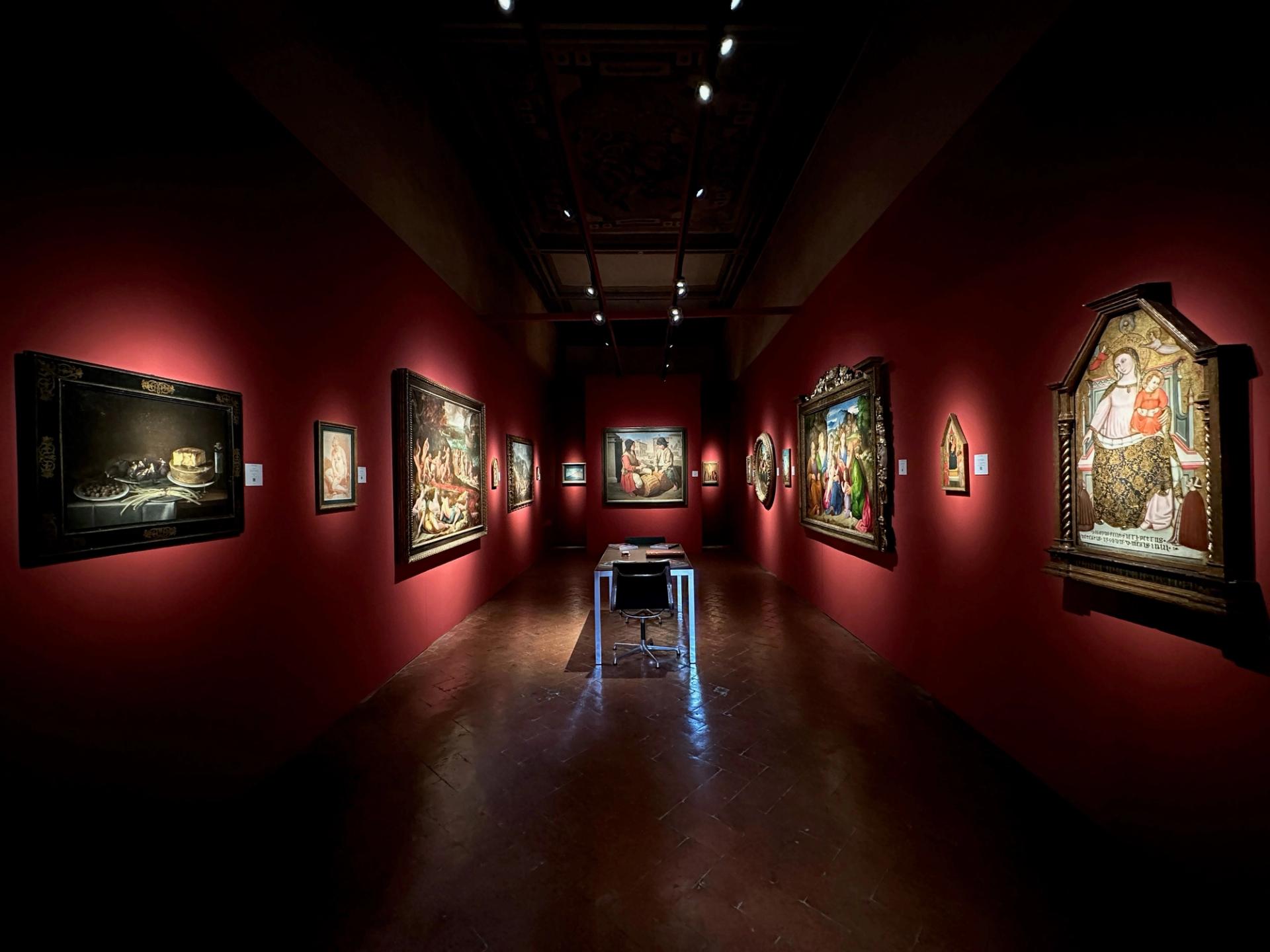
An installation view of Galleria Matteo Salamon’s booth, with Giacomo Ceruti’s prize-winning work Giocatori di carte (Card players) at the far end
Photo: Antonello Tofani
The international draw of Biaf is evident already, with American collectors and representatives of major global institutions among the regular visitors. This is not straightforward, nor, of course, immune to serious, global developments, as one dealer points out. “Many people in Lebanon [for example] are collectors, and now stay to see what is happening [in the region],” they say.
But in its niche, Biaf is glowing with positivity, thanks in part to what Dickinson describes as its “flamboyance”, and the charm of its city. “It’s a fun fair to come to,” he says. “It’s much more relaxed.”

